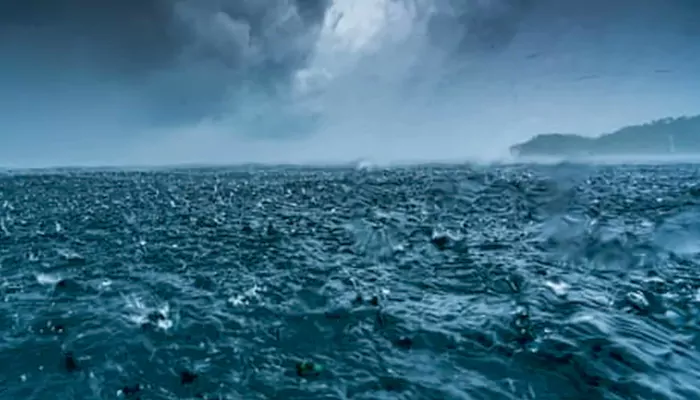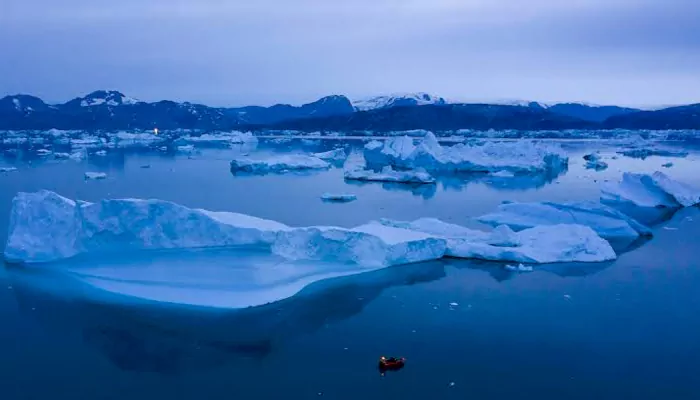
Here are today’s most important updates from the realm of Science and Space.
Hycean worlds, which are a possible kind of exoplanet with deep oceans surrounded by a thick envelope of hydrogen, could provide the best chance for the James Webb Space Telescope (JWST) to detect biosignatures, according to a new study. Those potential signs of life are a group of chemicals called methyl halides, which on Earth are produced by some bacteria and ocean algae. Hycean planets are expected to orbit red dwarf stars, and the best candidate for a hycean world is the planet K2-18b. The Hubble Space Telescope discovered water vapor in K2-18b's atmosphere in 2019, and JWST has detected the presence of carbon dioxide and methane in the planet's atmosphere.

The Indian Space Research Organisation (ISRO) has captured detailed images of the damage after a powerful earthquake measuring 7.7 in magnitude struck Myanmar on March 28, 2025. The seismic event caused widespread devastation, particularly near Mandalay, the country's second-largest city killing over 1,700 people, according to the latest reports. The satellite imagery from ISRO’s Cartosat-3 has provided crucial insights into the extent of the destruction, extensive damage to Mandalay's infrastructure, including notable landmarks that suffered either complete or partial collapse. Following the main quake, a strong aftershock of magnitude 6.4 rattled the region, exacerbating the damage. The epicenter was located near the Sagaing-Mandalay border at a depth of just 10 kilometers.

Global climate models have long predicted that the Southern Ocean surrounding Antarctica should be warming due to climate change. However, a surprising trend has emerged: these waters have actually cooled over the past four decades. According to researchers, the cooling trend in the Southern Ocean is a response to global warming. The major reasons being underestimated rainfall and missing meltwater from ice sheets. As temperatures rise, they accelerate the melting of Antarctica's ice sheets and increase local precipitation. This influx of freshwater makes the ocean's upper layer less salty and dense, creating a barrier that limits the mixing of cooler surface waters with warmer waters below.

Global warming has led to the melting of glaciers across the world, and the most visible is across the Arctic ice sheets. The National Oceanic and Atmospheric Administration (NOAA) has cited that Greenland has lost about 55 gigatons of ice and snow between fall 2023 and 2024 and more than 5 trillion tons of ice since 1992. Meanwhile, the Greenland ice sheet contains 8% of the world’s fresh water. It’s really important to be able to predict what’s going to happen to Greenland in the warming world as accurately as possible. To understand that, scientists loaded air sampling equipment on a large drone to collect air samples at different heights of up to nearly 5,000 feet above the ground.